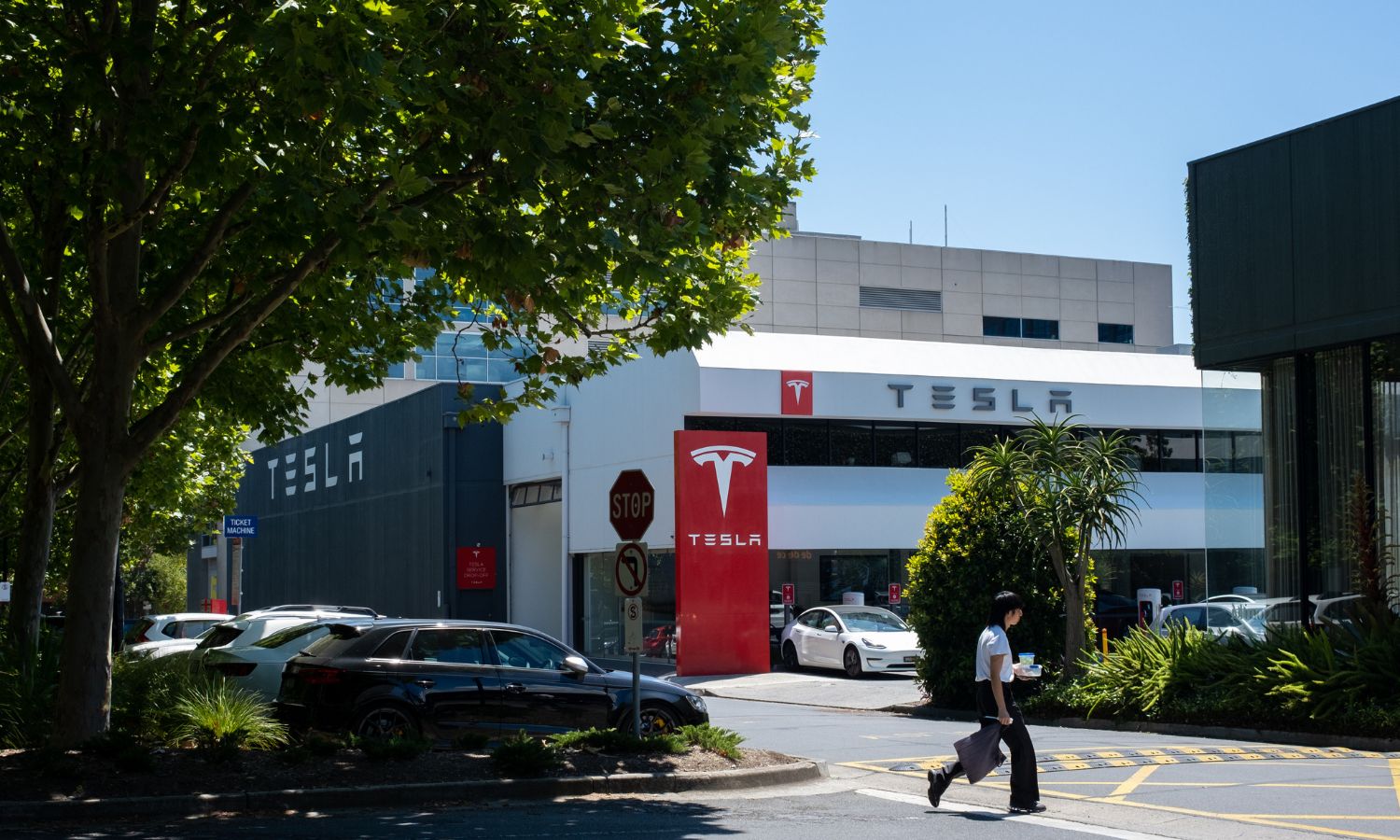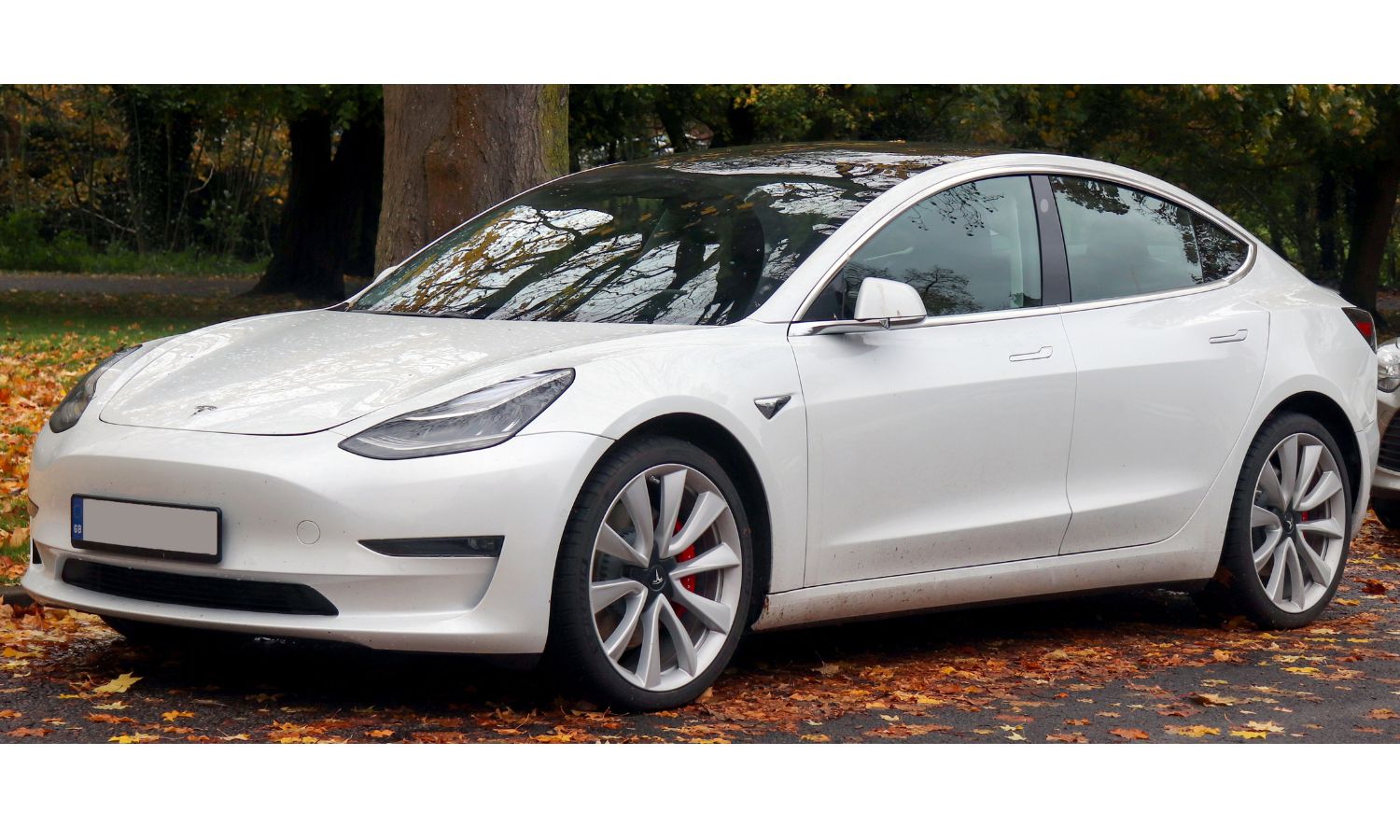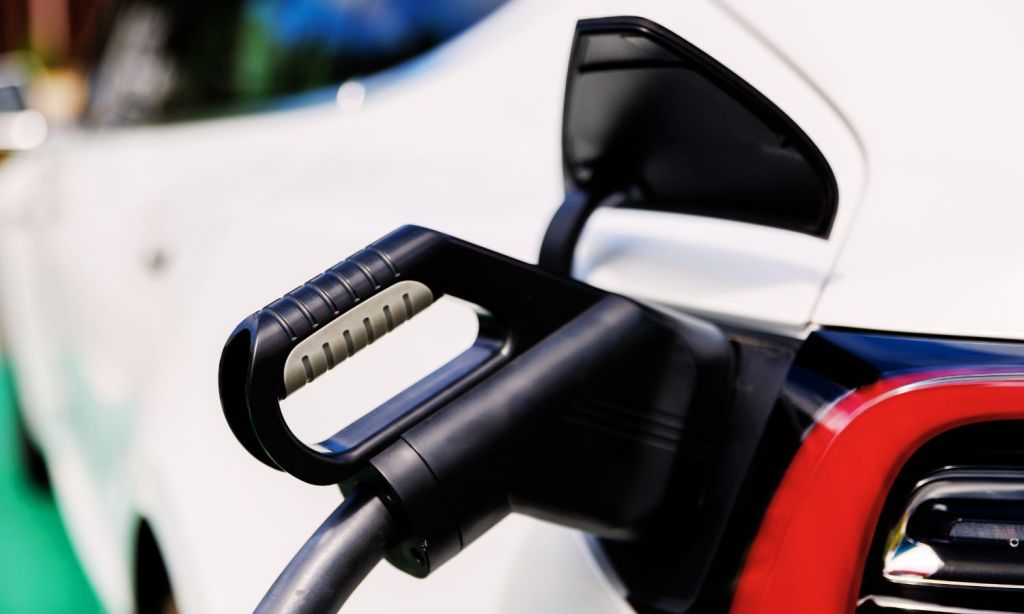Australians are increasingly getting into electric vehicles, but the lack of options in the EV car market is giving consumers limited choice when it comes to finding a car that suits their needs.
Shipping delays, government policy, and infrastructure challenges all make Australia a relatively hostile market for electric cars. That is changing, although the latest figures suggest that it’s not happening fast enough to keep up with government-set targets. Not to mention the demands of the climate.
Labor’s recently released electric vehicle policy seeks to have EVs make up 90% of new cars sold by 2030. We’ve got a long way to go to get there.
While EV sales have grown exponentially over the past few years in Australia, we’re still trailing the rest of the world. In 2021, EVs made up just 1.95% of total new vehicles sold in Australia. In 2022, that figure had climbed to 3.8%.
By comparison, Europe and China are the two powerhouses driving EV uptake and innovation in the world. Half of the world’s electric cars are in China, with the vehicles making up nearly a third of all new cars sold there. In Europe, electric car sales hit 21% last year. Countries like Norway, Sweden, the Netherlands, and Germany lead these sales, with EVs making up between 30% and nearly 90% of all new cars sold.
The latest data, however, does paint a brighter picture. Electric vehicles accounted for 16.6% of all new cars sold in June this year, according to the Federal Chamber of Automotive Industries (FCAI).
By some accounts, “the shift is on” towards EV dominance. However, the recent uptake of EVs in Australia has been thanks to state and territory governments taking charge and expanding their range of incentives and infrastructure investment. The federal government, in contrast, has been lacking.
Combined with other external factors, there’s a lot holding the EV market back. Here’s the current state of play for EV cars in Australia.
EV Sales Australia
Former PM Scott Morrison was wrong when he said that EVs would “end the weekend” – but he wasn’t wrong when he said Australians “have always expressed a preference for vehicles that have a bit of grunt.”
Today, 78% of vehicles sold in Australia are SUVs or utes. That’s an area where EVs just can’t keep up.

For context, an EV isn’t just an EV. The broad definition of electric vehicles includes the subcategories of fully electric (EV), hybrids, and plug-in hybrids (PHEV). While hybrids like the Toyota Prius were the initial bridging vehicle, sales of EVs and PHEVs have become more dominant, with EVs taking the lead.
In fact, as of April, EVs are the most popular choice in Australia in the medium car category. Unfortunately, that’s not what Australians are primarily buying.
Most Popular EVs in Australia
One of the key drivers behind the EV sales figures can be put down to a single car: the Tesla Model 3.
FCAI data shows that, in 2022, around 60% of EVs sold were Teslas. The Model 3 makes up around 70% of those sales. It’s the car that Energy Minister Chris Bowen drives. The only other vehicle to sell better than the Model 3 in June? The Toyota HiLux.
Below Tesla, the next most popular cars include the BYD Atto 3, the MG ZS EV, the Volvo XC40 Recharge, and the Polestar 2. These are, however, all medium to small passenger vehicles. They’re not the kind you’d expect to be driven across the rugged Australian outback.

When it comes to vehicles in those categories, options are limited. The Electric Vehicle Council keeps track of the total number of EVs available on the Australian market. As of July, this number was 149. Although that might sound like a lot, in 2022, the total number of EV models available worldwide hit 500.
Off-road 4WD SUVs and utes make up a tiny fraction of what’s currently available – and they’re not cheap, in addition. The first fully electric ute to be made available here is the LDV eT60. Only 13 of those were sold in 2022.
The Driven has written that Rivian, Ford, GMC, and Tesla will be bringing more beefed-up models to our shores, but not until the end of the year at least.
EV Cars Australia
So, what’s the deal? Well, the EV Council has noted that Australia’s lack of action on fuel efficiency standards makes us a low-priority market when it comes to innovation in EVs.
The US introduced a new set of standards in April, pushing for 67% of all new cars in America to be electric by 2032. Australia committed to fuel efficiency standards in April, but not before they go through another round of consultations on what those standards are.
“Car companies will now be racing to meet the more stringent standards set in the US, Europe, China, and even New Zealand. If they continue to see Australia as the odd nation out, they will prioritise all other markets for their latest and best EVs,” Electric Vehicle Council chief executive Behyad Jafari warned.
“The US first introduced fuel efficiency standards into law in the 1970s and has been strengthening them since then. In 2023, Australia has a discussion paper about them. It’s ridiculous.
“Australian drivers deserve the same range of EV choice, the same speed of EV delivery, and the same second-hand EV market as Americans and Europeans. We can have that but only if the federal government acts now.”

Fuel efficiency standards, which penalise manufacturers for not making cleaner vehicles, are seen as “the most effective lever” for the introduction of EVs. Over time, those standards will come down, meaning manufacturers will be forced to sell more EVs to avoid penalties. More competition in the market is then expected to drive prices down.
So, while Australia waits for the new rules, the rest of the world zooms ahead.
But it’s not the only issue. It’s no secret that getting an EV in Australia is virtually impossible at the minute. Even Tesla has wait times of between a week and a year depending on the model you’re after. Citibank analysis has said that congestion at ports around Australia is significantly hampering delivery times.
This isn’t just an Australian issue, but with a range of other factors, it’s the perfect storm for a slow uptake.
“Automotive manufacturers simply aren’t prioritising sending vehicles to the Australian market because we lack any policy that looks, feels and behaves like a fuel efficiency standard,” BloombergNEF analyst Leonard Quong said.
Without those, Australia will continue to suffer from a lack of options when it comes to EVs. Bloomberg estimates that the government may see EVs hit 35% market share by 2030, but this is well short of the 90% target they’ve set themselves.
Related: The Cheapest Electric Vehicles You Can Buy in Australia Right Now
Related: Second-Hand Electric Vehicles: Should You Do It?
Read more stories from The Latch and subscribe to our email newsletter.







